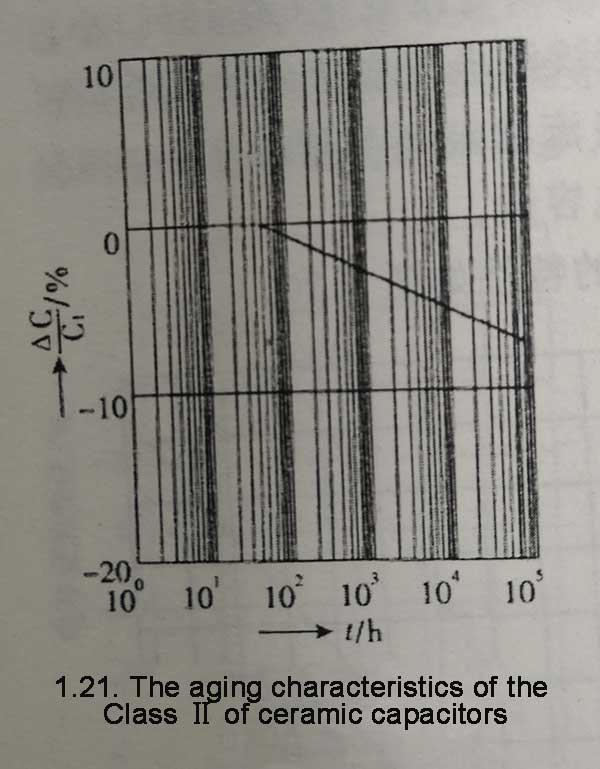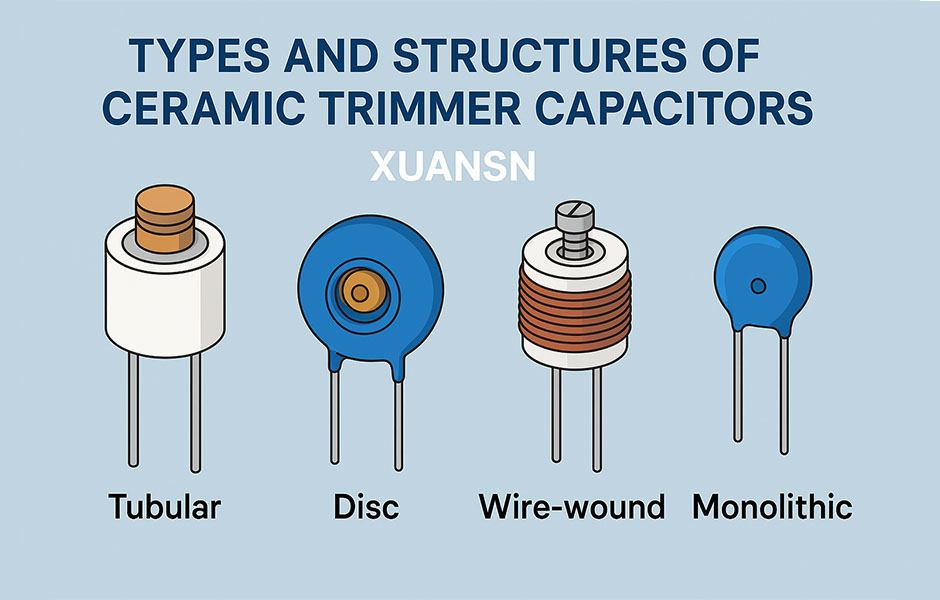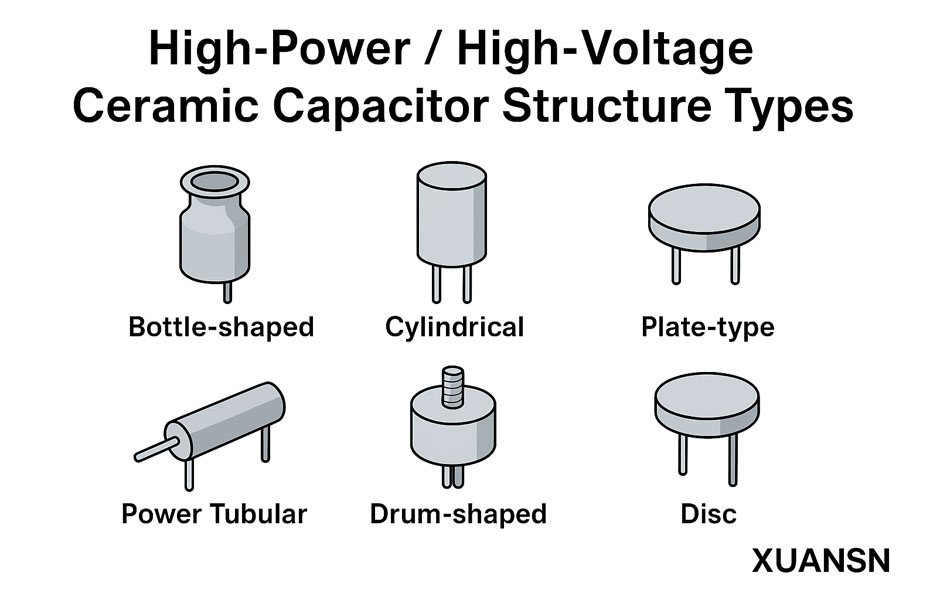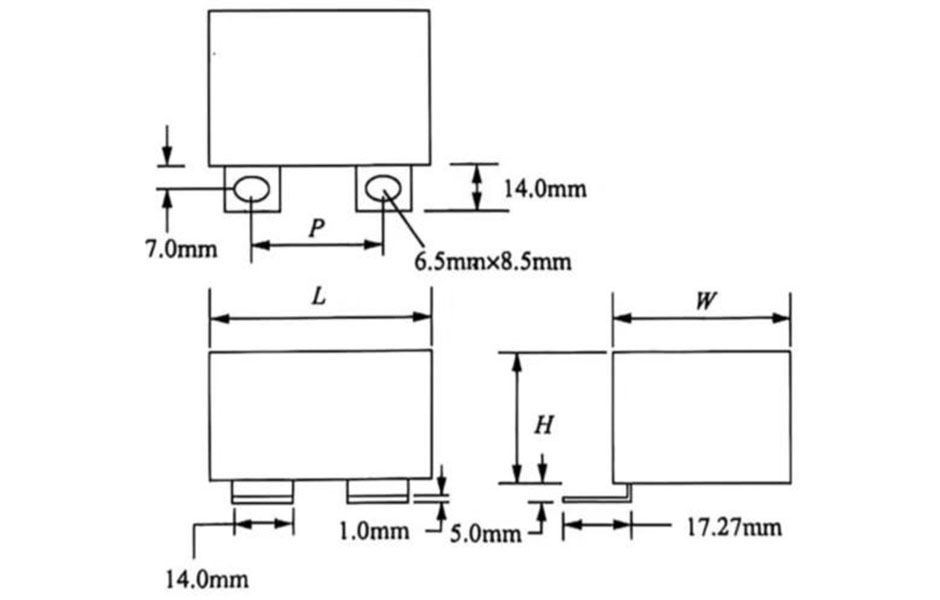☀️Ageing is a unique characteristic of ceramic capacitors. As the time of delivery of ceramic capacitors increases, the capacitance of the capacitor decays. The Class Ⅰ of ceramic dielectric capacitor has no aging phenomenon; the Class Ⅱ of ceramic capacitors has an aging phenomenon.
☀️The capacitance of the Class Ⅱ of ceramic capacitor decreases with time. This process, the so-called aging, is represented by the aging constant according to the logarithmic rule. The aging constant is defined as the percentage loss of the capacitor in the process of “ten years” (approximately 100 000H). For example, in the time period, the life coordinate of the capacitor will increase by ten times (for example, from 1 to 10h).
🌟The rule of capacitor aging is expressed by the following formula:

Among them, Ct, C1, k, t are respectively: the capacitance of t hours after the start of aging, the capacitance of 1h after the start of aging, the aging constant (the capacitance decreases every ten years), and the hours from the start of aging.
🌟Figure 1.21 shows the aging characteristics of the Class Ⅱ of ceramic capacitors:

It can be seen from the figure that the aging of the capacitance of the Class Ⅱ ceramic capacitor is not serious, and it only attenuates by about 7% in 100,000 hours (equivalent to 11 years). Less than the capacitance changes with temperature and bias voltage, generally will not affect the use.
🌟Due to aging, a constant measurement system with lifetime as a reference must be specified, and its capacitance value will be within the described tolerance.
❓How can we eliminate the aging of ceramic capacitors?
☀️The Class Ⅱ of ceramic capacitor will eliminate aging in the following process: by heating the capacitor above the Curie temperature (approximately 130~150℃), the decrease in capacitance can be terminated and the direction in which the capacitance will increase will change. After the heating process is over Another new aging begins. The surface mount device can be completely aged (deaged) through each welding process; after the welding process is over, a new aging process starts. It should be noted that the elimination of this aging can only occur when the heating temperature exceeds the Curie temperature.
🔅Through the above explanation, believe you have a certain understanding of the aging of the second type of ceramic dielectric capacitors.
🔅If you have different opinions, you can contact us‼️
Mobile Phone: +86-18825879082
Email:coco@xuanxcapacitors.com




